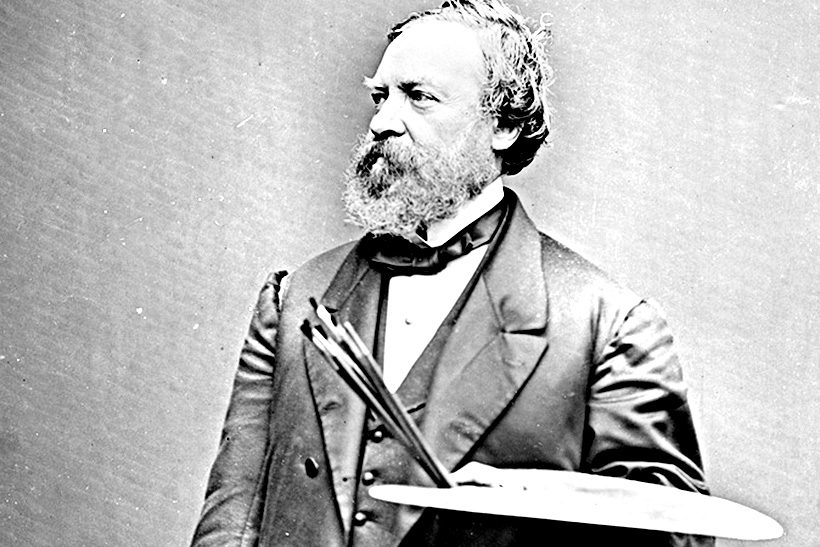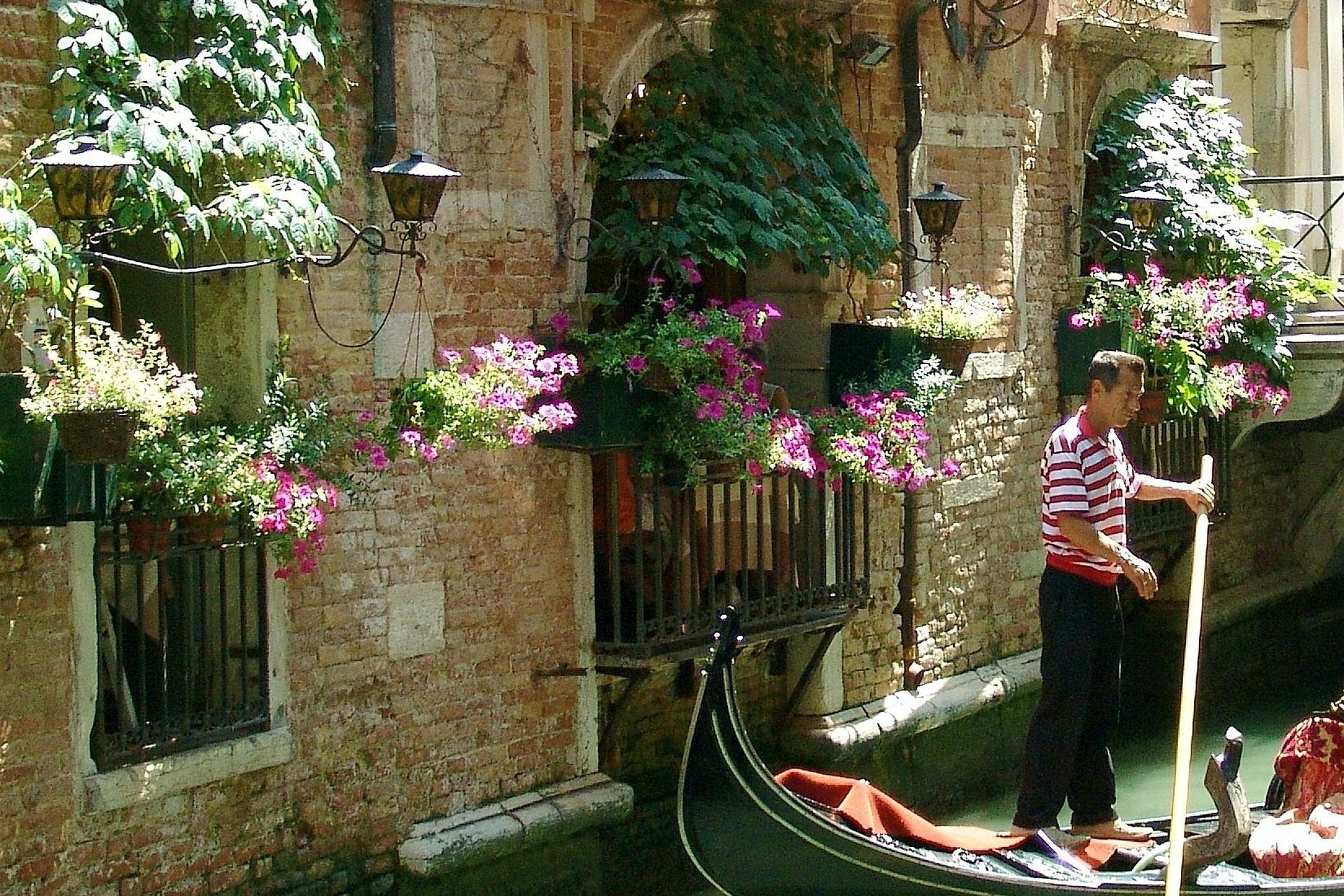You probably know about Bologna’s rich culinary traditions, miles of porticoes, terracotta medieval buildings and the oldest university of the Western World; but did you know about the time the great Michelangelo lived and worked in Bologna? Could you have guessed it was the first city to abolish slavery? And how about when Bologna looked like Venice?
Michelangelo in Bologna (and the sculpture that was destroyed)
We usually associate the name of Michelangelo with Florence and Rome, where the great Renaissance artist was most active, leaving outstanding works of art. However, not many know that, at some point during his career, Michelangelo spent time in Bologna – twice to be precise – and left some works of art there too.
The first time Michelangelo came to Bologna was after the death of Lorenzo de’ Medici (1492), when he found himself with no patrons and no salary. The young artist had decided to try his luck in Venice, but nobody wanted to commission him any work. On his way back to Tuscany, passing through Bologna, he was stopped at customs and fined for not having paid the entry tax. A Bolognese senator, the wealthy Giovan Francesco Aldrovandi, witnessed what was happening, paid the fine for the penniless Tuscan and offered him a job: to be a lecturer at his house for the works of Tuscan literary masters Dante, Petrarch and Boccaccio, so he wouldn’t have to hear them read with a Bolognese accent!
Thanks to Aldrovandi’s connections, Michelangelo was assigned the task of making three small sculptures (Saint Petronius, Saint Proclus and an angel holding a torch) for the Arca di San Domenico (Ark of Saint Dominic), the monumental tomb containing the remains of Saint Dominic, to which other major artists of the time contributed. The monument is one of Bologna’s most important pieces of art, and this is how Bologna too can boast art by Michelangelo.
Where can you see it? In the Basilica of San Domenico, on the piazza by the same name.
And there could be one more work by Michelangelo in Bologna, if only it hadn’t been destroyed! Twelve years after his first stay, Michelangelo was summoned by the newly elected Pope Julius II to create a gigantic statue in bronze of him. The statue was mounted on the façade of the Basilica of San Petronio in 1508 and destroyed three years later, when Annibale Bentivoglio, who was briefly lord of Bologna, ordered to take it down. The statue went into pieces, which were sold to the Duke of Ferrara and used to make a cannon, named “Giulia”.
Bologna, the free: First city to abolish slavery
In 1256, the city of Bologna approved a law which proclaimed the abolition of slavery and the release of serfs (servi della gleba), making Bologna the first city in Italy, and possibly in the world, to abolish slavery.
Ok, it was not just out of generosity; there was an economic reason to it. In 1249, after the battle of Fossalta, during the war between the Guelphs and the
Ghibellines, almost all the Signorie (Lordships) of Bologna were defeated. Until then, slaves were an exclusive property of their lords, with no rights. It meant they basically did not exist. And, if they didn’t exist, they couldn’t be subjected to paying taxes. By emancipating them, the city would be able to collect taxes from thousands of freed men.
Thus, on 25 August 1256, the Arengo bell of the Podestà Palace rang to summon the Bolognesi to Piazza Maggiore, where the Podestà (head of city government) and the Capitano del Popolo (head of city militia) announced the liberation of 5855 serfs.
The following year, the city ordered four notaries to list the names and details of all the freed slaves and their 379 owners in a written memorial, which would be preceded by a prologue to explain the motivations for the act. The text was called Liber Paradisus (Heaven Book), because the first written word in the text is “heaven”, as a reminder that God created man in paradise “in perfect and perpetual freedom”.
“Paradisum voluptatis plantavit dominus Deus omnipotens a principio, in quo posuit hominem, quem formaverat, et ipsius corpus ornavit veste candenti, sibi donans perfectissimam et perpetuam libertatem.” (In the beginning God planted a paradise of delights, where he put the man whom he had formed, and adorned his body of a bright dress, giving him the most perfect and perpetual freedom.)
So yes, the move was dictated by an economic reason, but it was also the first attempt by a major municipality to put an end to the feudal society.
Where can you see it? The Liber Paradisus is kept at the State Archives in Piazza dei Celestini and was digitized and published online in 2007 to celebrate the 750th anniversary of the law promulgation.
Hidden canals: when Bologna resembled Venice
A network of navigable canals had existed in Bologna since Roman times, for the transportation of goods and heavy materials, such as stone and marble. In the 12th century, the canal network was expanded with the construction of the Reno and Savena rivers’ gates to bring water directly into the city and drive the ever increasing number of water wheels, spinning plants and sawmills.
In the 13th century, Bologna, the 5th largest city for the number of inhabitants, became the main center of textile production in Italy. Water meant prosperity and economic progress and the city had a 60-kilometer network of canals by then.
What remains of that extensive network? Not much. The canals were all buried underground, starting in the 1950s. But, you can still get an idea of what Bologna may have looked like if you go to Via Piella and look for a tiny window in the wall, the so-called Finestrella di Via Piella, which looks over the Canale delle Moline (Moline Canal).
Silvia Donati is a freelance journalist. She writes about her hometown of Bologna and surrounding region of Emilia-Romagna on her blog, www.bolognauncovered.com.





























